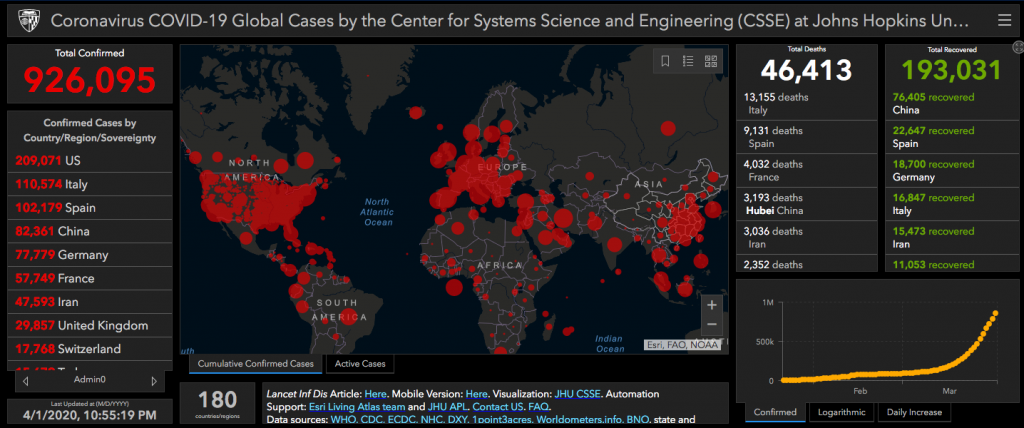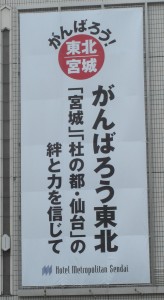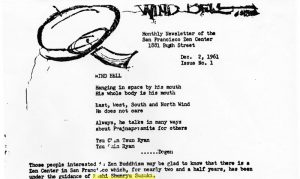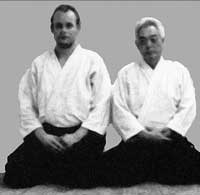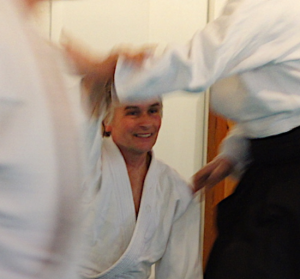A Busy Year
I didn’t have much motivation to write, but mostly I have been too busy this pandemic year. Always within the framework of ever changing safety regulations, our work at the Dojo was as intense as never before the past 18 months. While almost all the members quit, one after another, I slowly realised that the quality of Zen practice does not depend on the number of students, but on their dedication.
Had I had the intention to present Zen to everyone who happened to find the way through our Dojo door, this recent experience made me change my mind. It is a waste of time to work with people who do not really throw themselves into Zen practice, who see the time we share at the Dojo as an optional pastime besides other entertainment.
We copied the brushwork of my former teacher’s late teacher Omori Sogen Roshi three times a week. We worked our way through the Heart Sutra round after round, translating it character by character, and we read new and ancient commentaries as well as numerous research papers to achieve a certain level of understanding, or at least, a higher level of being puzzled. We deciphered, admired and discussed calligraphy works by old masters arriving at our Dojo from Japan week after week. And we sat many hours on our cushions, in complete silence. It was good.
During last week’s Sesshin at Benediktushof Holzkirchen in Bavaria I talked (again) about the Ox Herding Pictures (十牛図). While speaking, I realised once more that all the struggles the young shepherd experienced while searching and taming the Ox were indeed mandatory for his later awakening. If somebody brought him the ox on a cord, nicely tamed and maybe with a comfortable saddle to ride home, there would never be any awakening.
My teaching for far too long was driven by the effort to present a tame ox, by helping my students up and by taking care they have a most comfortable ride. By this, I took them all chance to experience hardship, to learn by themselves. Studying Zen means to overcome obstacles. A teacher’s job is not to help and carry his student across hindrances, but to place obstacles in their way to make them grow by themselves. How could I not have understood this, for so many years?



